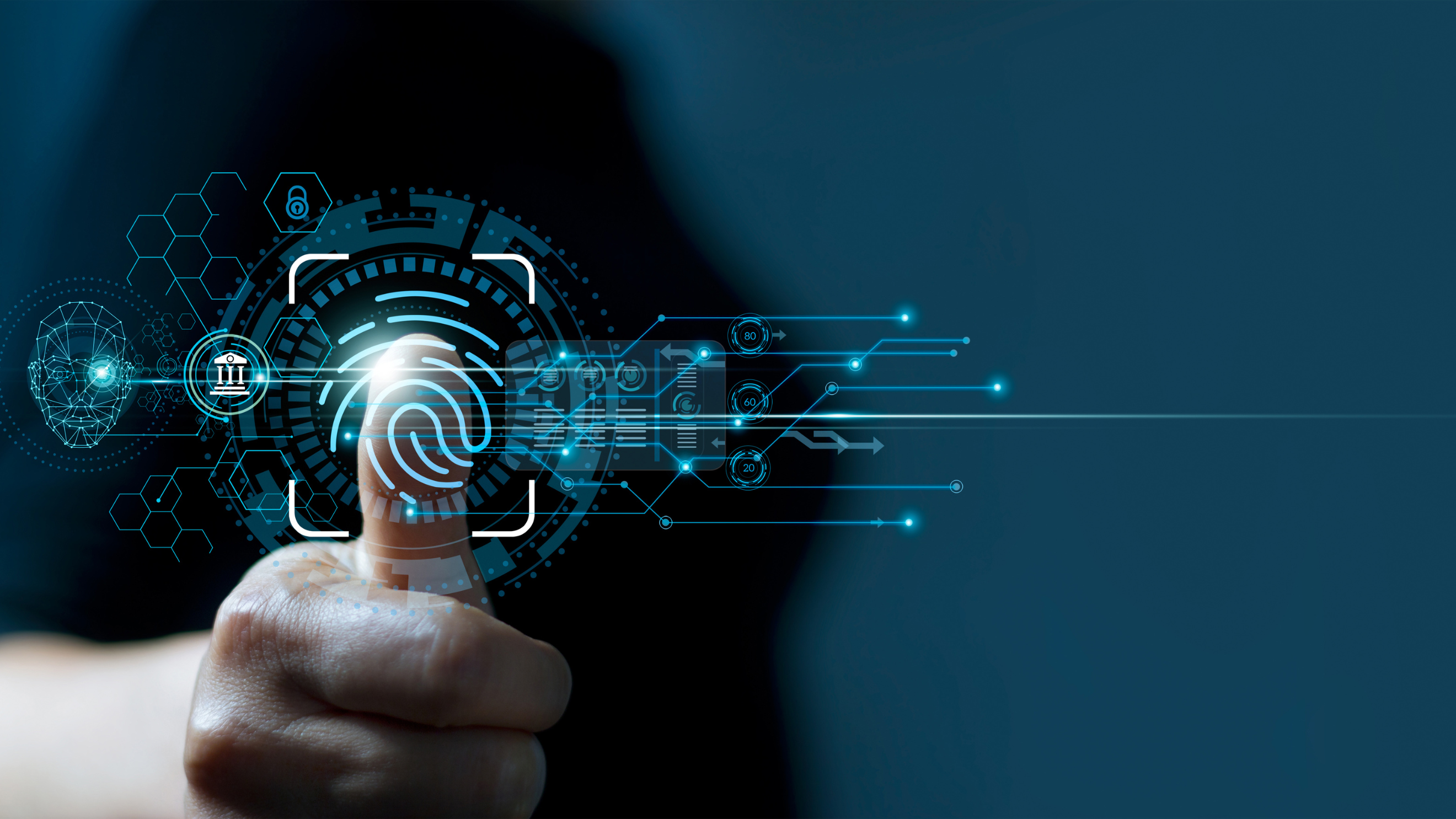Most of us adore online shopping with daily parcels coming to our door, endlessly scrolling through stuff on our phones and waiting for the Amazon driver to drop our goodies off the next day is completely normal.
But this online boom has meant that high streets have turned into ghost towns.
In the U.S, it has been reported that they believe a quarter of malls will be dust by the end of 2023.
Why?
Because online shops are better, they’re cheaper, and they’re more convenient, perhaps?
Online shops can feel like they are mind-readers. They know what we are looking at, how long we thought about it and what we’ve finally picked up. If you’ve searched and are waiting for your favourite face cream to go on sale, you’re more than likely to receive a discount code a few hours later. It’s possible to feel like we’re gaming the system, almost.
For physical stores to stay in the game, they might need a makeover and biometric data could be the secret sauce.
Tesco have given this a go with face-scanning cameras as far back as 2013. Now, swanky hotels and big-name retailers are jumping on the biometric bandwagon.
Tesco installed face-scanning cameras and advertising screens near its tills to identify a customer’s age and gender and then aimed advertisements at them based on these details.
Since then, the technology has exploded onto the high streets with upscale hotels and well-known retailers leading the charge. Fashion brands have been especially keen to get to know their customers better: 59% now use some form of facial recognition. Despite the hype though, not everyone’s convinced that biometrics alone would and could save the high street.
Contextual data is all of the incidental information collected about customers from our smartphones. Some say that this data offers a much more interesting possibility for designing customer journeys.
It brings together our geolocation with what we like and can cross-reference recent search history with previous purchases. When contextual data is combined in this way, retailers can anticipate what shoppers want before they do, and make discovering it more like a game than a chore.
Many offline stores are collecting additional data like this when customers are part of a loyalty scheme or they’re buying club membership of some kind. With the rise of retailers using reduced prices for loyalty scheme members, it is only increasing the amount of data they are able to collect.
Knowing about past shopping behaviour and the ability to use that data means innovations like dynamic offers as you go past certain shelves are possible.
For now, more and more customers are choosing to do their shopping online. For stores to compete with online retailers they need to pay close attention to the customer experience they’re providing.
Sure, online shopping is having a moment, but with the right data strategy, physical stores can step up their game.
The future of retail might be brought to you by biometrics. Keep your eyes peeled; this revolution is only just getting started

Emily Cawley
Emily is one of Orbition’s amazing Talent Partners. She has a passion for enabling organizations to drive decisions and obtain value from the use of Data, Analytics, and AI. She does this by connecting leaders and professionals within the senior end of the Data & Analytics space. Read more.
Signup to Our Newsletter
"*" indicates required fields


